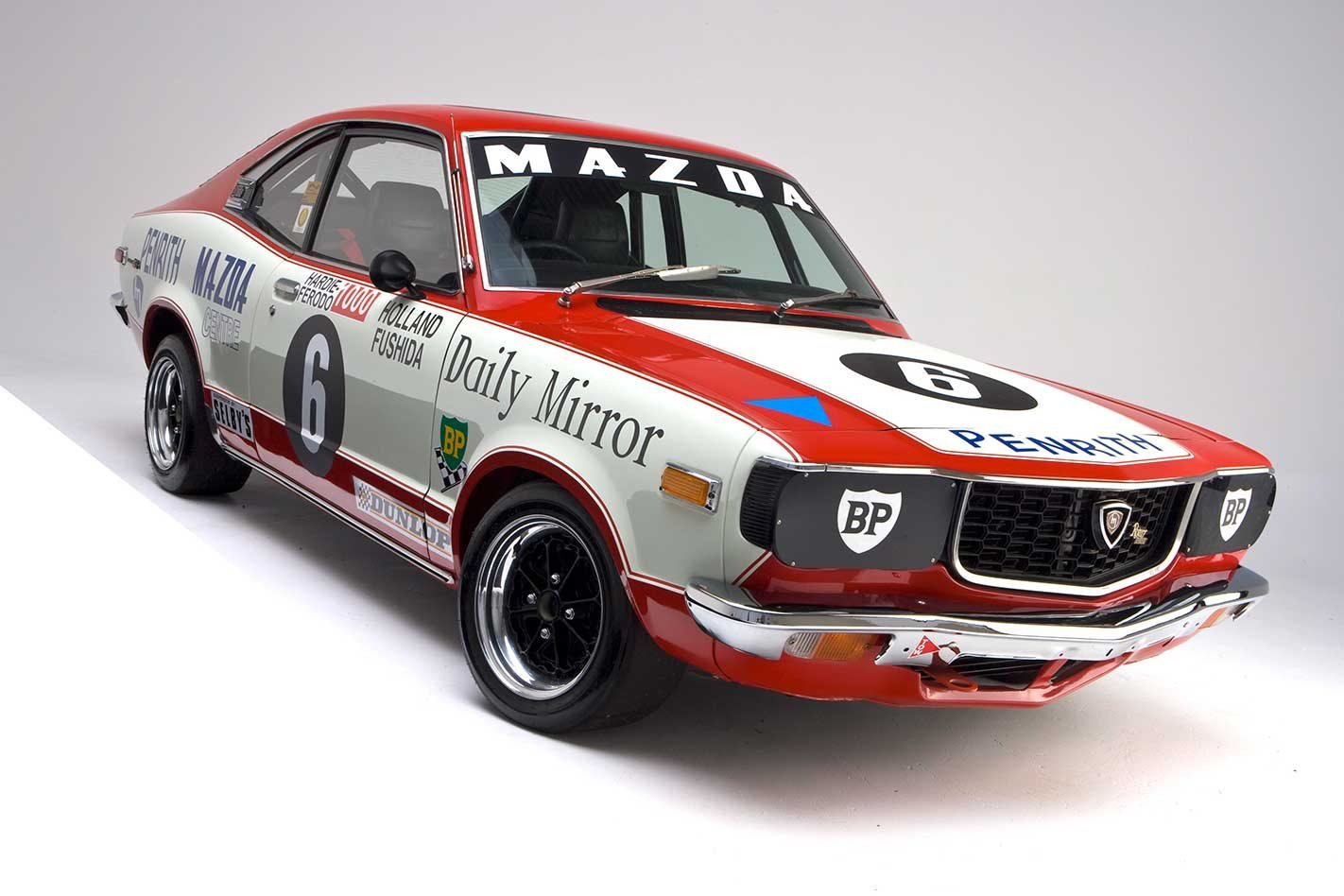Some unlikely cars have done pretty damn well at Bathurst over the years. The otherwise humble Mini took the first nine outright places in 1966 and even a 1200cc Volkswagen Beetle won its class in ’62 and ’63.
This feature was originally published in MOTOR’s January 2011 issue
But you can imagine the reaction from the knockers and the nay-sayers when the first Mazda sporting a rotary engine rasped its way on to the grid in 1969. And that car was, of course, the R100 driven by Trevor and Neil Mason who managed to bring the little screamer home seventh in class and 21st outright, having put it 32nd on the grid in qualifying. Amazing.

Strangely enough, not a single rotary Mazda greeted the starter for the 1970 classic at Bathurst, but in 1971, the RX-2 had arrived. Gary Cooke piloted the car on his own (doing Bathurst solo was still permitted back then) and brought the RX-2 home first in class and 26th outright.
The rotary club was catching on and by 1972, no less than three RX-2s gridded up. The year 1973 represented a changeover period as the RX-3 emerged and pushed the RX-2 into the shadows. Three of each lined up at Mount Panorama that year, the RX-3 doing better with the Mollison/Hindhaugh car finishing second in class and ninth outright, just ahead of the RX-2 of Haehnle and Rogerson in tenth outright.
The next two years, however, represented the pinnacle of rotary power achievements that wouldn’t be overshadowed until Allan Moffat finished third outright in an RX-7 in 1981 and then brought the Stuyvesant-branded rotary home second outright in 1983 with Yoshima Katayama (Moffat also finished third outright in 1984 driving with Gregg Hansford).

But back in ’74 and ’75, the RX-7 wasn’t even heard of, and the RX-3 had the job of taking on the best touring cars in the world.
And even though the R100 and RX-2 had paved the way, there’s no getting around the magnitude of the efforts of Tony Farrell and Brian Reed in bringing it home first in class and sixth outright and then Don Holland and Hiroshi Fushida going one better the next year; first in class and fifth outright.

Yep, that little RX-3 sure showed the big guys a trick or two. I wonder where it is now? Well, thanks to a succession of owners who realised the significance of what they were on to, the car has survived. Better than that, it has survived in precisely the same trim and condition it was back in those heady days of the mid-70s.
And even better than that, we tracked it down and it’s the car you see here. This is no tribute, no recreation … it’s the real deal. And it’s amazing. After the car retired from front-line touring car racing (RX-3s were still running at Bathurst until 1979 and finishing 13th outright), its history is a bit murky.

The rumour is it went improved-production racing – which kind of makes sense because a lot of pensioned-off racers did that or went club racing in those days – but nobody’s really sure.
One thing we do know is that the red bits on the car were, at some stage, painted blue. They’ve gradually been returned to red over the years, as bits and pieces of the paintwork have been touched up (such is the life of a race-car).
Sometime in the late 1980s or early ’90s, the car was bought by a bloke who intended to do Targa Tasmania in it (which was kind of prescient, because the first event wasn’t held until 1991), but that never happened, apparently. Which probably saved the thing from the knacker’s yard.
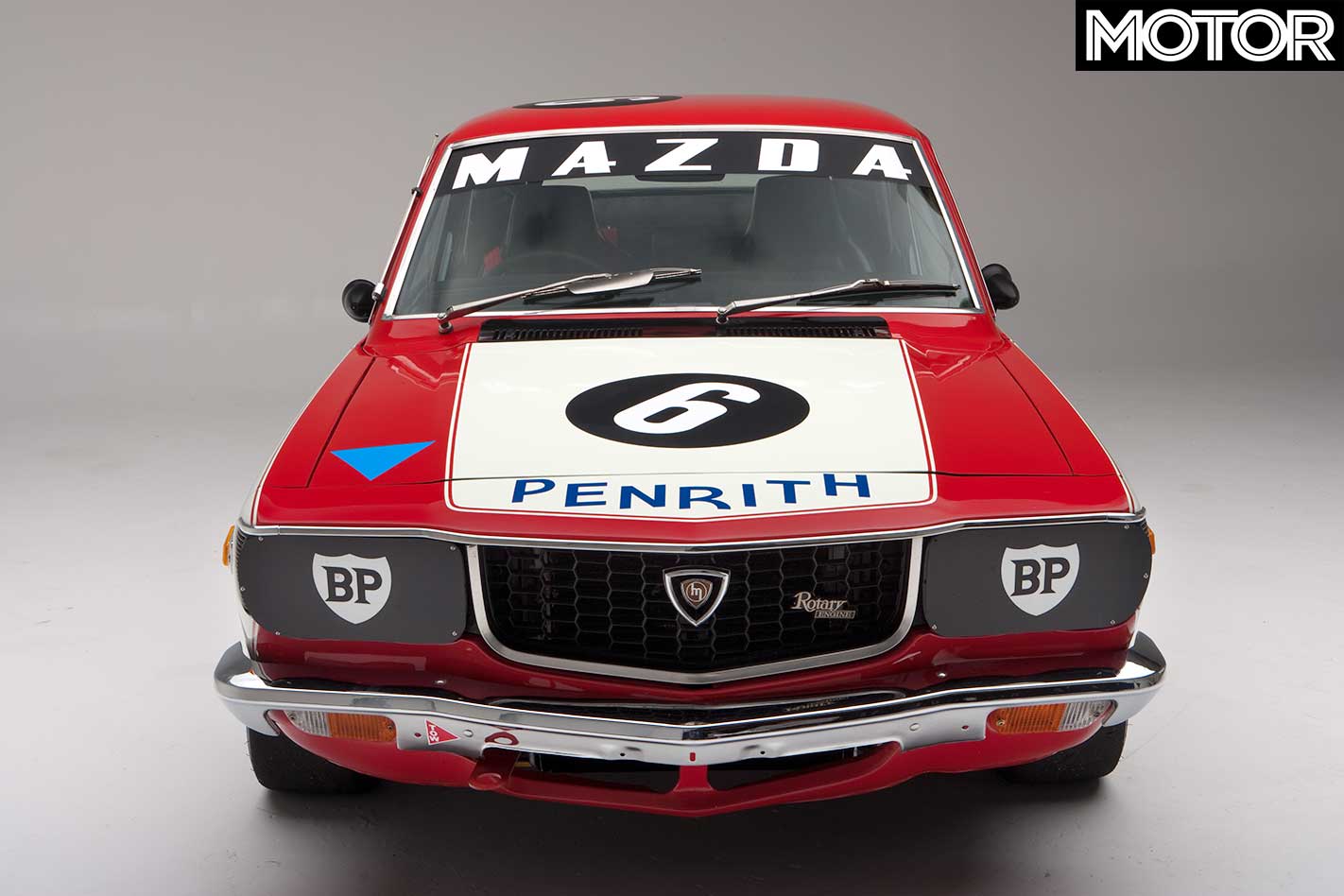
In fact, the car’s whole life since it finished top-flight racing has been a pretty charmed one. Nobody who owned it had ever thought to mess with it mechanically or visually and, apart from that blue paint we mentioned, it hasn’t been altered at all over the years. ‘Uncommon’ barely covers it. What you see here is exactly how it was back in the mid-70s.
That means we’re talking about the 1146 cubic-centimetre version of the Wankel rotary which, by the time the officials had finished with it, was deemed to have an equivalent capacity to a piston engine of 2292cc. That meant it had to run in the under three-litre class, but even with that notional capacity, it was one of the smaller engines to do so.
Touring car rules of the day didn’t offer much in the way of flexibility, either, so don’t expect to see a wildly tuned mill. You will, however, find a set of tubular headers replacing the stock exhaust manifold, and the dreaded pollution-gear air-pump could be disconnected.
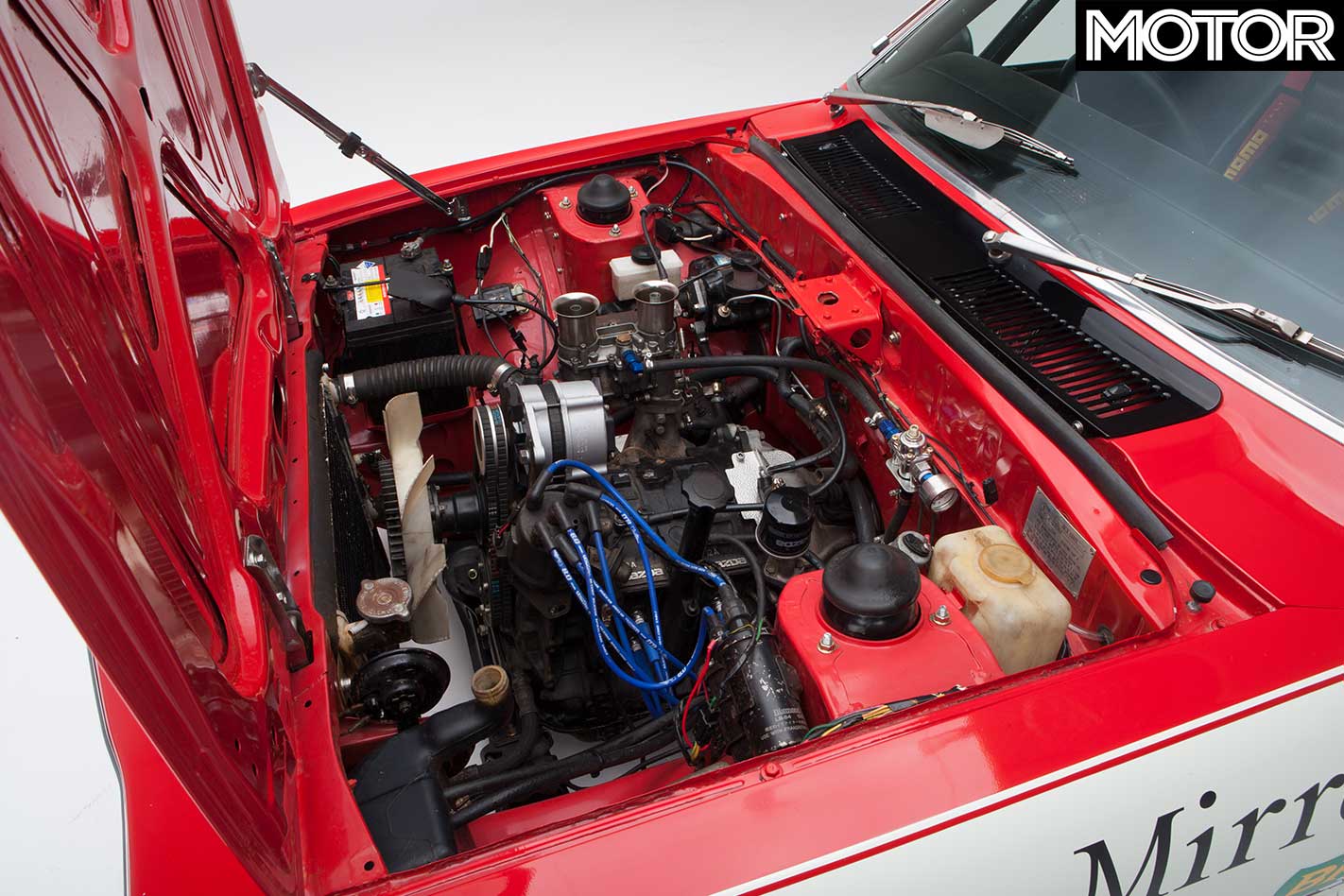
The big power gain was to be had in the carby department, and this particular RX-3 usually ran with a choice of sidedraught or downdraught Webers, ranging from 48mm for tight, twisty tracks where low-down torque (not something the rotary was flush with early on) was important, right up to a monster 58mm job for longer, more flowing circuits.
While the stock RX-3s claimed 97kW, the competition car was bumped to about 125kW which doesn’t sound much, but when you consider its dainty kerb mass, you can see how it potentially was a serious giant-killer.
One area that could be changed was the width of the wheels. So, the RX-3 was given a six-inch front rim and nine-inch rears fitted with Dunlop slicks. Despite that, you couldn’t alter the diameter, so those slicks were still 13-inchers.

While a modern V8 Supercar has a suspension set-up even its own mother wouldn’t recognise, again, in the 1970s, you more or less had to run what Mazda had provided in the homologated road car.
In the RX-3, that meant the standard set-up with only firmer springs, a thicker anti-roll bar and adjustable Koni shocks, while at the rear, the stock leaf springs were beefed up and adjustable shocks were added, although you could also add a Panhard rod and tramp rods to try to tame it all.
The four-speed ’box remained but was fitted with close-ratio gears (with a l-o-n-g first gear), and the diff centre was altered from the standard 3.9:1 to a slightly sharper 4.1:1.
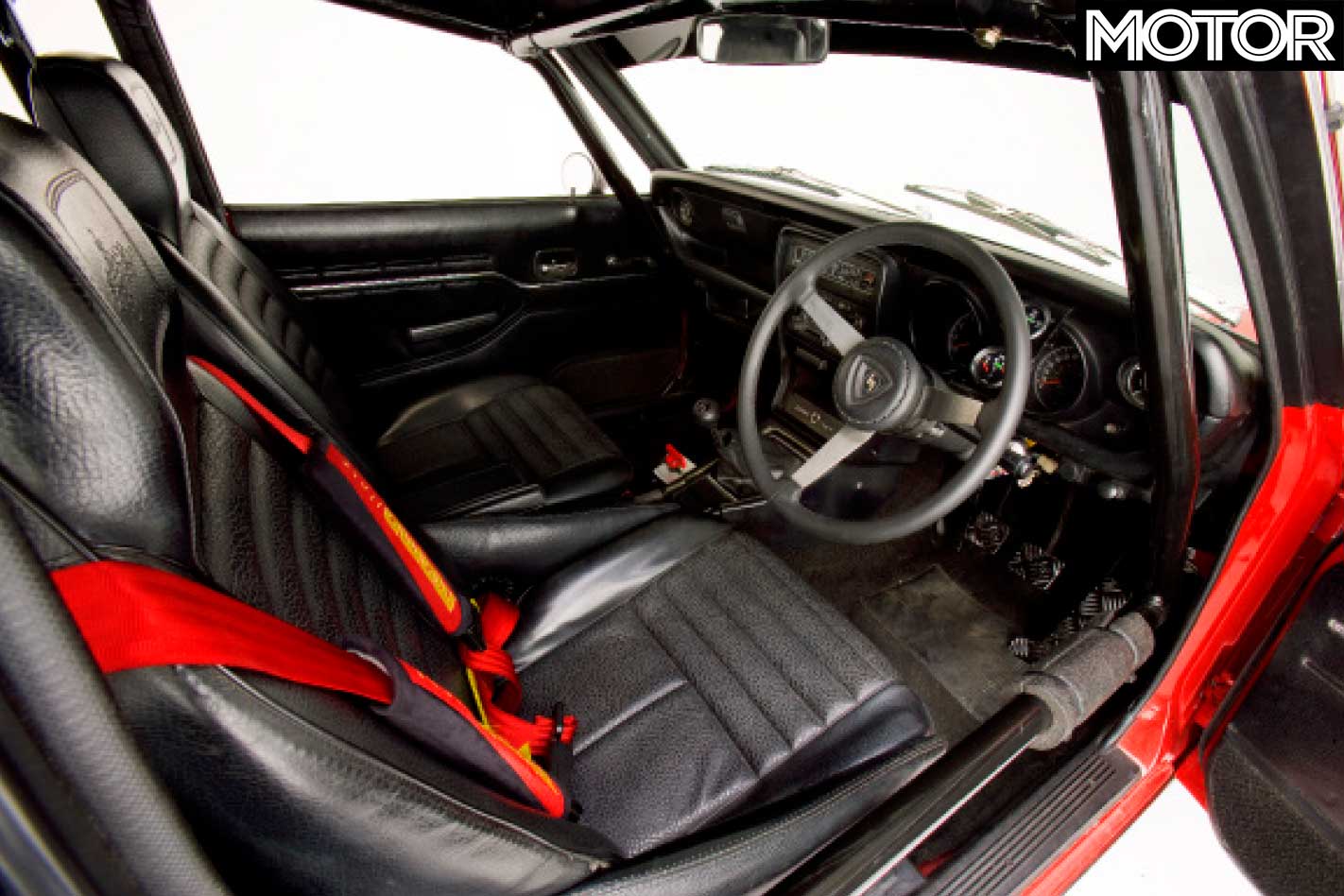
Actually, the rear axle was the cause of a few headaches along the way. The limited-slip diff was a factory option and was part of what was called a ‘Mazda Sport Kit’. The catch was that the axles had to be shortened 1mm each and that, according to the rules, was not on.
Then-driver Don Holland argued that the factory Sports Kit – which stipulated the shortening – should have allowed for this, but the authorities said no. Six months of wrangling ensued, in which time Holland figured that he could achieve the same result by shimming the outer end of the axles by the same 1mm.
Brakes, meanwhile, are ventilated Girlocks with four-piston calipers (pretty tough for the day) with the stock drums at the rear, drilled for extra cooling.
It might all sound a bit tame, but this RX-3 was actually the most successful car in the 1974 Manufacturers’ Championship with a string of class wins and outright results that often shaded the V8 and factory-backed runners.

The Good
1 – Unique Issue This fine little RX-3 proves that you don’t need to boast a V8 engine to be a genuine Bathurst hero.
2 – Untouched Apart from some of the signage changing colour, it’s just as it ran in the day. Unlike most you’ll find.
3 – Can you Handle it? An example this neat and tidy would still be a great club car if you were game to take it to the racetrack.
The Bad
1 – Rare Item Okay, so this RX-3 really is road-registered, but would you really be taking it for a Sunday drive?
2 – Irreplaceable Do you even want to think about banging up that pristine, original bodywork? It’s not worth it…
3 – Showing its age Plenty of hot littlies would thump it these days. And they have air-con and cruise.
Time to get personal
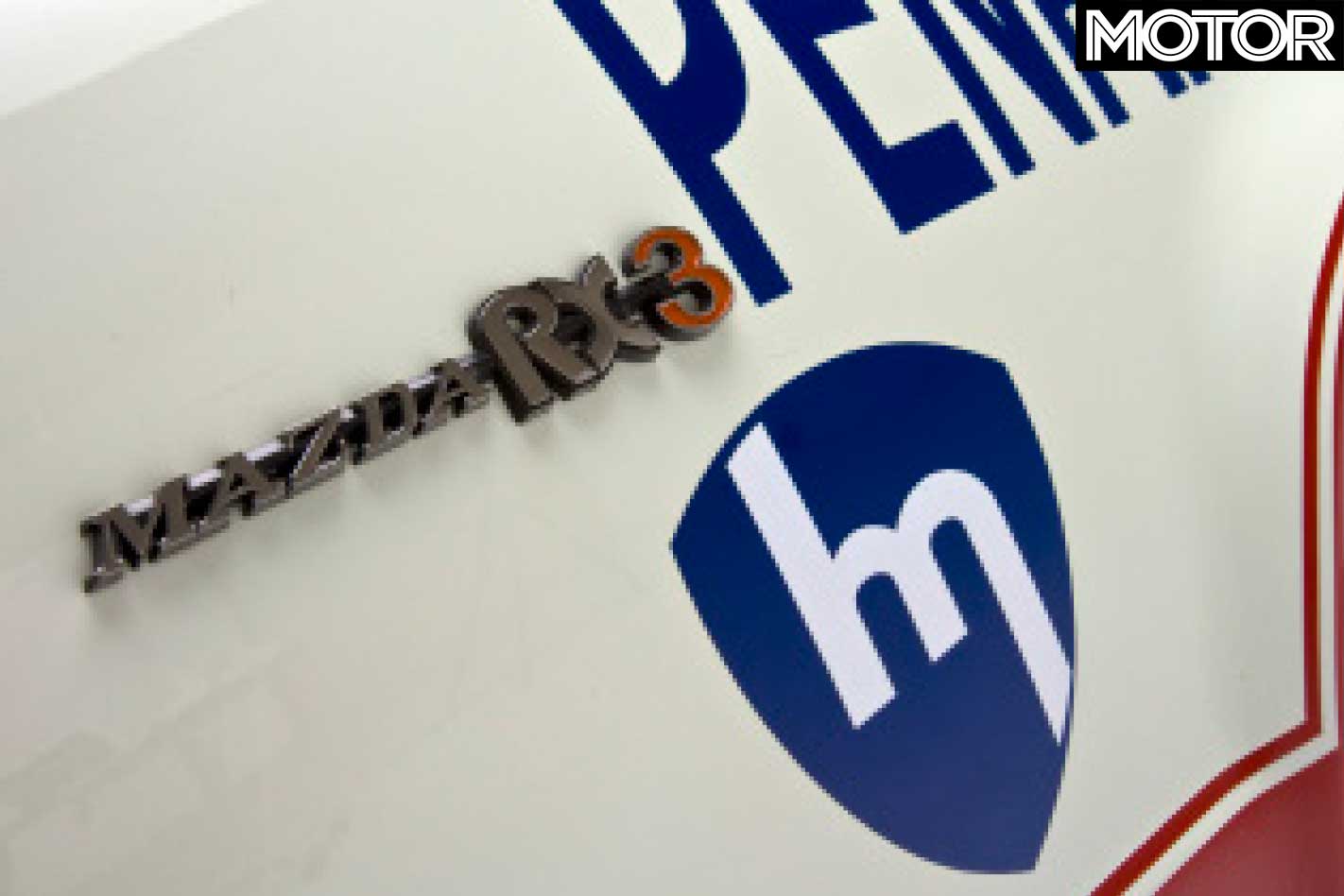
The car’s current owner, Sydney-based Zyg Ryter, has owned the little Mazda since around the mid-1990s and although he’s been a racer in the past, he never got around to hurling the RX-3 at the Armco himself.
And he admits that he’s never done any restoration on it – hasn’t had to – and this is the condition he found it in. Lucky bloke.
In fact, Zyg also points out that while the car is, in fact, road registered, that it was probably the work of the geezer who was looking at Targa Tassie. Zyg has never had it on the road.
His plans are to “showcase it as the only remaining Bathurst RX-3, and the most successful”.
The only survivor?
“Yep, all the others were either butchered or written-off. That’s why I reckon it needs to be preserved and shown to people. If somebody else was the owner, that’s what I’d hope they did.”
For his part, Zyg is a long-term rotary perv, having been around them since they first arrived here in the late ’60s. And the Ryter clan is now into its second generation of rotor-nuts with Zyg’s son also falling victim to the raspy little rascals.
So will the car ever be for sale?
“Not a chance,” says Zyg.

